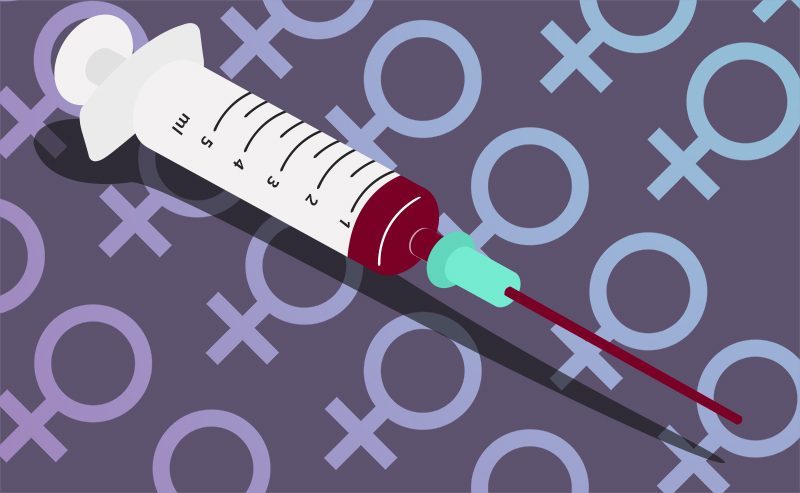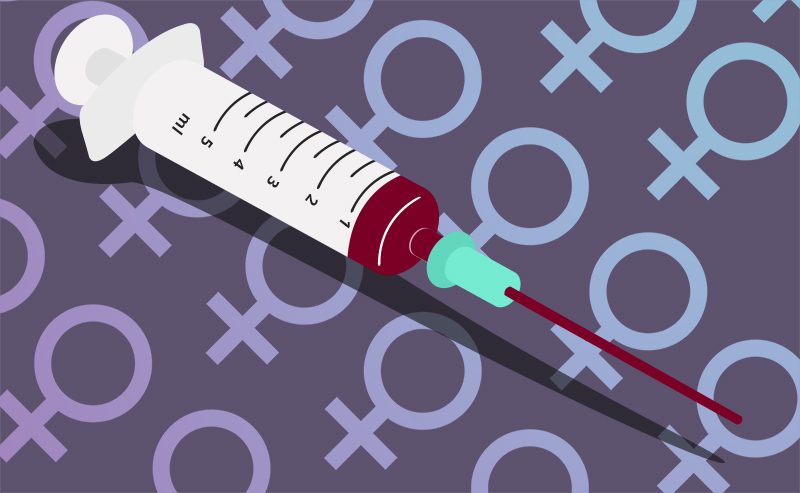Canadian Blood Services has updated regulations for male and female donors


Last week, Canadian Blood Services announced their new blood donation regulations, which feature new rules for male and female donors.
Beginning December 10, female donors must wait up to 84 days (from 56 days) between donations to give blood again.
On March 5, 2017, the minimum allowable hemoglobin level for male donors at the time of donations will also be increased from 125 grams per litre, to 130 grams per litre.
Hemoglobin transports oxygen from the lungs to the cells in the body, and is the pigment that makes blood red.
Tara Gutscher, territory manager at Canadian Blood Services, explained how the new regulations were made to promote health and wellness among blood donors.
“We’re making changes to donor guidelines related to iron levels, also known as ferritin, and donation eligibility,” said Gutscher.
“Because donor health is such a priority, these [regulations] will mean any donor will not be able to give as often, which is really going to impact Canada’s blood supply.”
Karen Ostrander, director of the Wilfrid Laurier University Student Wellness Centre, explained that women may have lower stores of iron in their blood due to their monthly cycle. Dietary intake can also impact iron stores.
According to Ostrander, there are two sources of dietary iron: heme iron, which is derived from hemoglobin and is found in foods such as red meat, poultry and fish, and nonheme iron, which is derived from plant sources.
“[Women] may stay away from red meat sources, so they may not be getting as much in their diet as well,” said Ostrander.
According to Ostrander, these new rules were part of an evidence-based decision. She said there is a concern around adequate blood supply for individuals who need it, such as those going through cancer treatments.
“There [are] lots of amazing things that are treatments with blood, people who have cancer treatments, accidents, all those sorts of things so the demand is high,” she said.
According to Gutscher, frequent blood donations can contribute to iron loss and anemia, particularly in women, and can result in a drop of hemoglobin.
“We just don’t want to deplete our donors, so that’s why we made the decrease for females so that we’re not depleting our donors and having them become anemic in the process,” said Gutscher.
According to Gutscher, it is projected that there will be a two to five per cent decrease in blood donations.
The KW Blood Donor Clinic collects up to 400 blood donations weekly. However, Gutscher believes there will be 20 to 50 donations less every week.
“Husbands donate with wives, friends come in together and if a male waits to donate as long as a female is eligible, it really could affect us,” said Gutscher.
According to Ostrander, Canadian Blood Services view young university students as an immense potential donor pool, and recommend that students give blood as a method of giving back to the community.
“People going through cancer treatments, certain types of surgery need to have a certain amount of blood on hand and accident victims and that sort of thing, but other than the iron piece it takes a little while to rebuild those stores, you can quite safely give blood,” said Ostrander.
According to Canadian Blood Services, 6,000 new blood donors are needed.
“We do have [a great] need right now,” said Gutscher.
As a promotion with the university, the KW Blood Donor Clinic is offering transportation to and from the university or clinic.
Laurier is also involved with Canadian Blood Services as a Partner for Life, a program that places mobile blood donor clinics on both the Waterloo and Brantford campuses.
There will be a site on the Waterloo campus on March 2 from 11 a.m. to 3 p.m. which donors are encouraged to attend.


